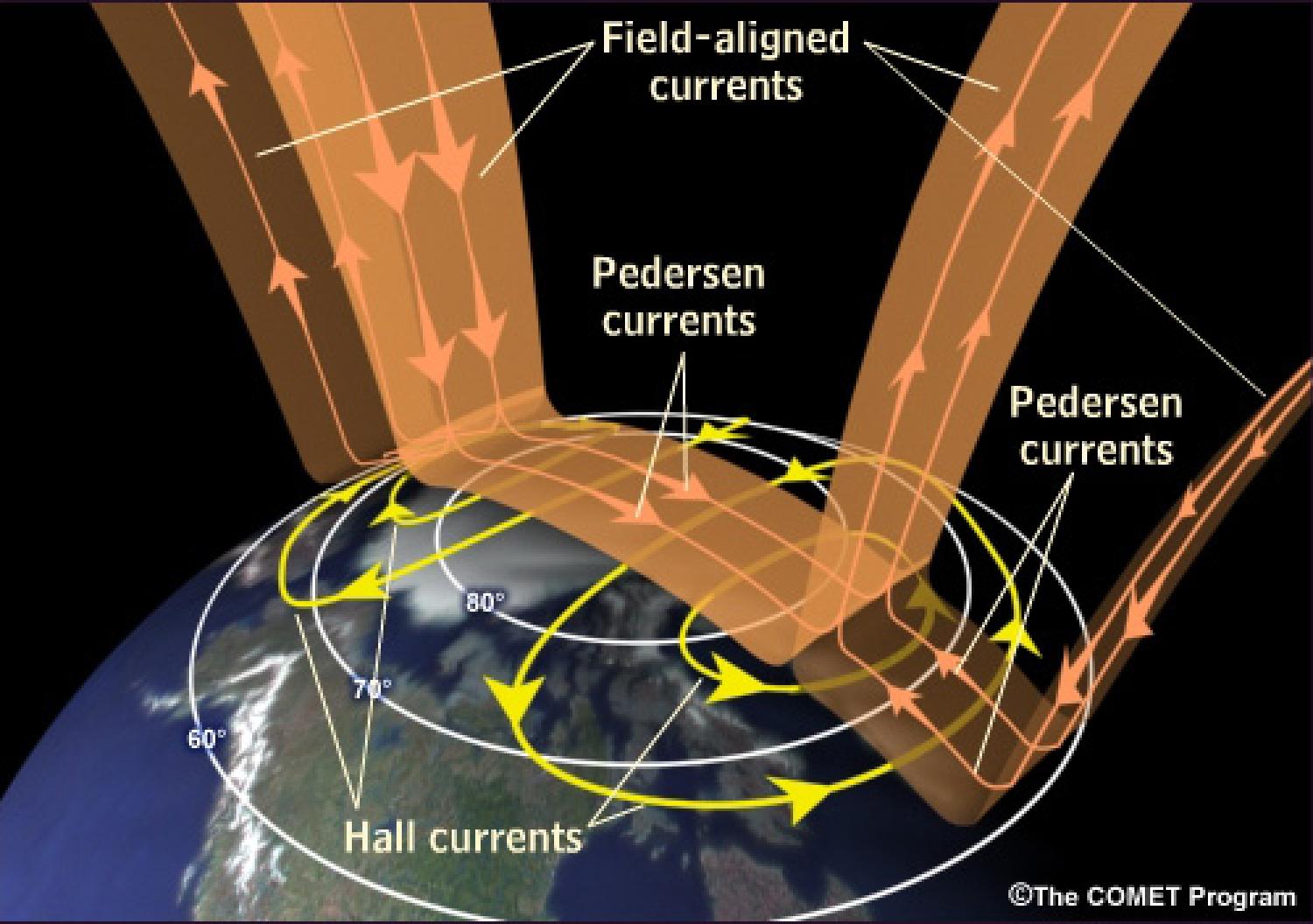EarthCube: Assimilative Mapping of Geospace Observations

The project aims to:
- Empower individual researchers by providing the latest geospace assimilative mapping tool as an open-source software called AMGeO. Its auxiliary web application service will automate data collection and AMGeO itself will handle pre-processing and quality control steps to minimize technical and implementation barriers thus mitigating prior hurdles for users of the current AMIE procedure.
- Maximize the scientific return on the NSF, DOD, and NASA investments in the AMPERE, SuperDARN, SuperMAG, DMSP and TIMED programs as well as in the innovative citizen science initiative Aurorasaurus.
- Provide a much deeper understanding of geospace systems through the systematic analysis of multiple types of space-based and ground-based observations into the unified data science framework offered by AMGeO.
- Catalyze a cultural change within the geospace community by promoting a new open-source and open-data collaborative paradigm, gradually but fundamentally transforming the way the geospace community uses these data with transferable Big Data technical skills thereby enticing younger investigators to go into the geospace sciences
- Funding sources: $627K from NSF EarthCube Program
- PI: Tomoko Matsuo (CU-Boulder)
- Collaborators: John Hopkins University Applied Physics Laboratory, Virginia Tech University, NASA GSFC, NOAA NCEI, SRI, GFZ Potsdam
- Societal relevance: Radio communication, navigation and satellite tracking are highly affected by electromagnetic energy deposition from the magnetosphere during geomagnetically disturbed periods.

